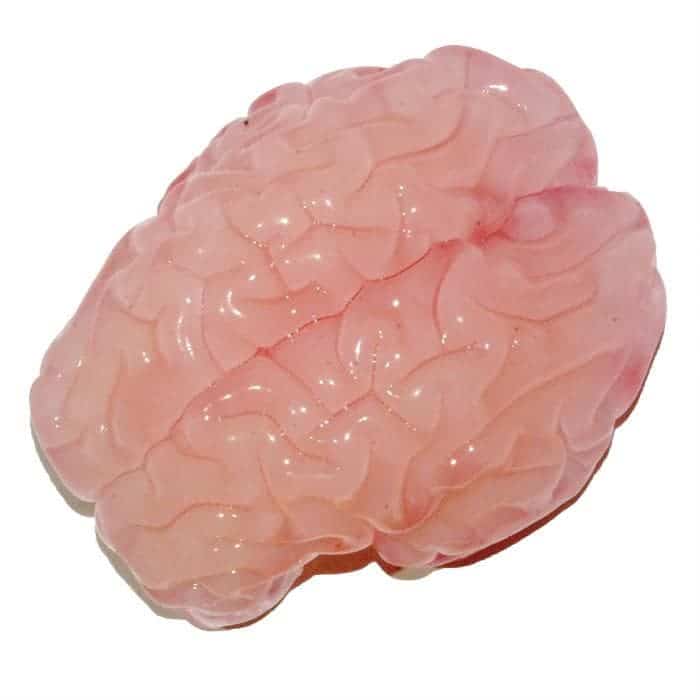By now, the human brain is famous for its walnut shape. It’s important to note that few animals share these distinctive troughs, crests and wrinkles. It’s an established fact that these brain folds help humans generate more neural connections in a smaller volume. A human and a similarly sized animal with the same brain volume will differ by orders of magnitude in neural connection strength and number. So, the size of the brain isn’t essential to superior cognitive abilities — its shape and packing mechanism matter a lot, too. But while bran folding function is well established, ‘the how’ has been more elusive to determine. Now, researchers in the US and Europe claim they know what wrinkles the brain: basic physics.

A human fetus’ brain is all smooth for the first 20 weeks of gestation. Later, folding begins and ends only when the child is about a year and a half. A molecular dominant process is thought to be involved in this process. Some forty years ago, researchers at Harvard proposed a physical explanation for brain folding, but this couldn’t be tested at the time.
Finally, after many years, researchers at the Harvard John A. Paulson School of Engineering and Applied Sciences collaborating with scientists in Finland and France confirmed that mechanical instability associated with buckling is what causes the brain to fold.
“The number, size, shape and position of neuronal cells during brain growth all lead to the expansion of the gray matter, known as the cortex, relative to the underlying white matter,” said Lakshminarayanan Mahadevan from Harvard University in Massachusetts, lead author of the paper published in Nature Materials.
“This puts the cortex under compression, leading to a mechanical instability that causes it to crease locally.
“This simple evolutionary innovation… allows for the thin but expansive cortex to be packed into a small volume, and is the dominant cause behind brain folding.”
Mahadevan and colleagues used MRI scans of smooth fetus brains to build a three-dimensional gel model. The surface was coated with a thin layer of elastomer gel which mimicked the cortex. The jello brain was then immersed into a solvent that was absorbed by the outer layer — this was to model brain growth as closely as possible. Within minutes of being immersed in liquid solvent, the resulting compression led to the formation of folds similar in size and shape to real brains. Everyone was surprised how the blob of gel eventually turned into a wrinkled brain as if it was drawn in an anatomy book.

“When I put the model into the solvent, I knew there should be folding but I never expected that kind of close pattern compared to human brain,” said Jun Young Chung, post doctoral fellow and co-first author of the paper. “It looks like a real brain.”
Besides humans, animals like chimpanzees, dolphins, elephants and pigs also share wrinkled brains, but far less pronounced. In some cases, the wrinkles don’t form well and brain dysfunctions arise. The present findings could thus tremendously help diagnosing, treating and preventing a range of neurological disorders.
“Brains are not exactly the same from one human to another, but we should all have the same major folds in order to be healthy,” said Chung. “Our research shows that if a part of the brain does not grow properly, or if the global geometry is disrupted, we may not have the major folds in the right place, which may cause dysfunction in the brain. “






